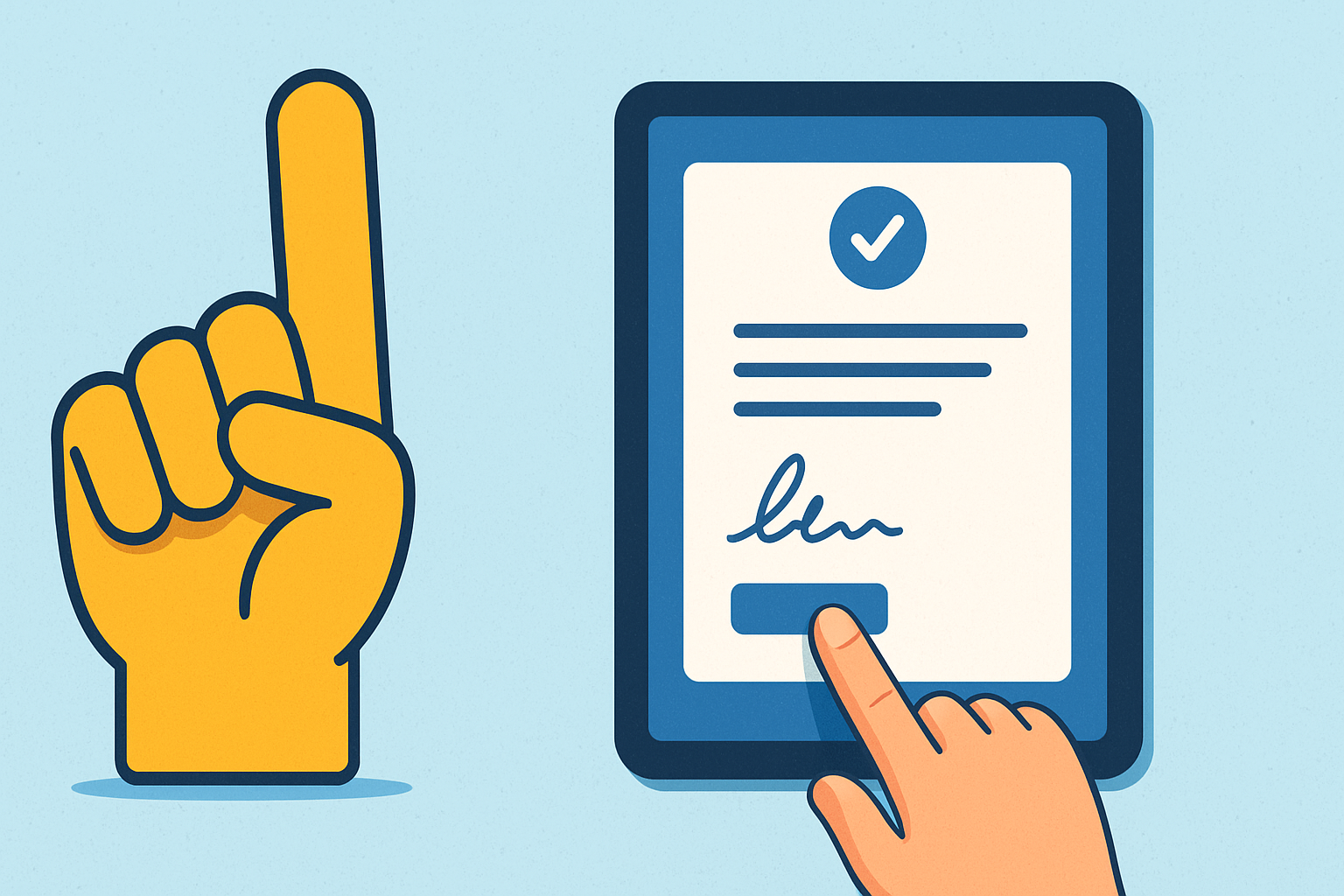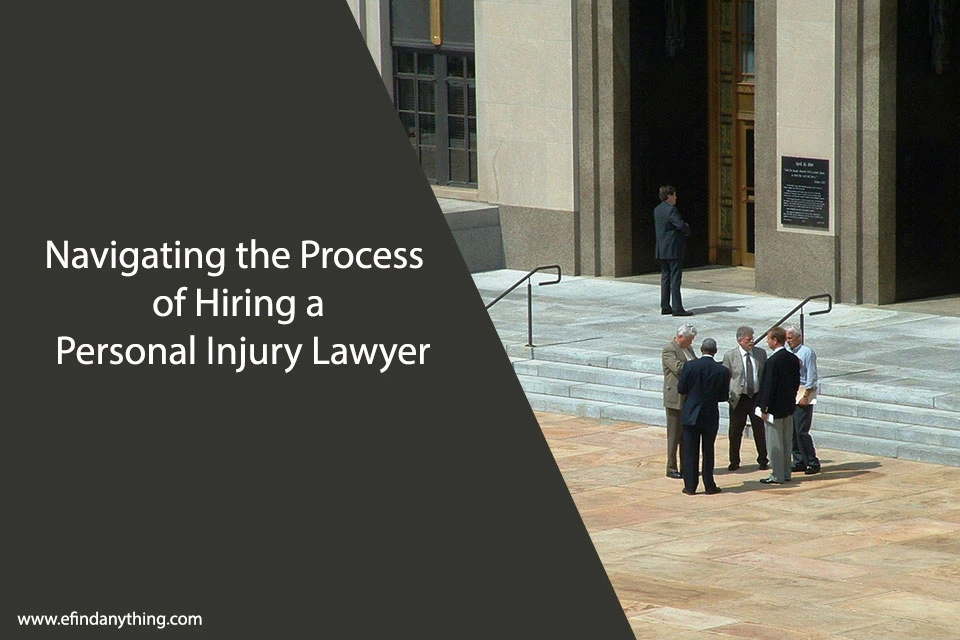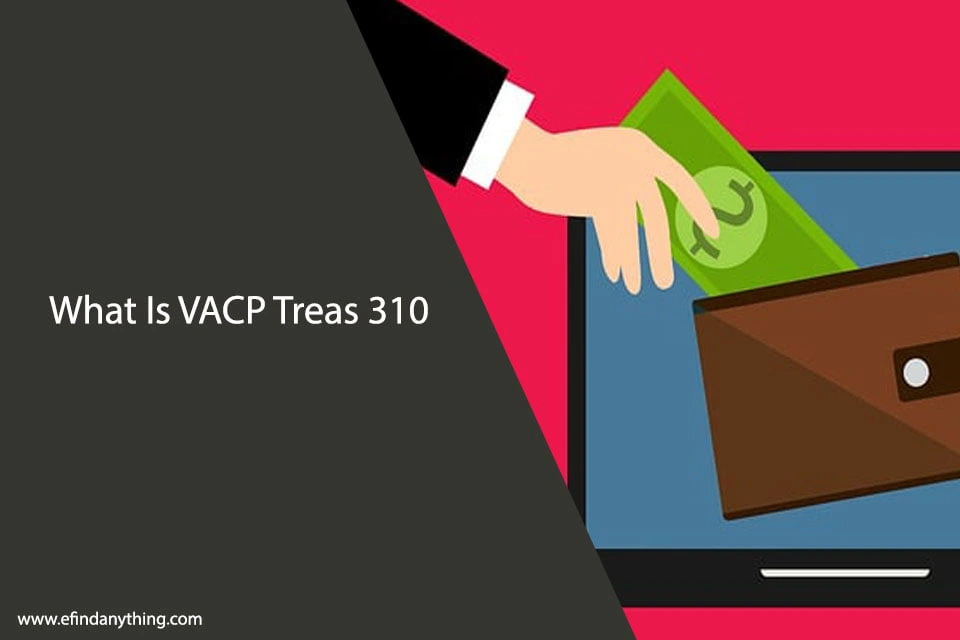
Thinking about filing a personal injury lawsuit? You’re not alone. Each year thousands of Australians consider taking legal action because they have sustained injuries without personal fault.
But here’s the thing…
You should weigh all aspects carefully before deciding to file a lawsuit. Before you proceed with your personal injury claim you must understand several important factors.
This guide will provide you with key considerations that can determine the success or failure of your legal case. These insights which cover time limitations and evidence collection will enable you to successfully navigate personal injury litigation.
What You Need to Know First
- Understanding Personal Injury Claims
- Time Limitations That Could Derail Your Case
- Evidence Requirements For Success
- Choosing The Right Legal Representation
- Compensation Types You Might Be Entitled To
- The Reality of Settlement vs. Trial
Understanding Personal Injury Claims
Personal injury claims represent legal conflicts that develop when a person gets hurt due to an accident and another individual potentially holds legal accountability. Physical or psychological harm occurs while the liable party’s responsibility arises from their negligent behavior.
Personal injury law in Australia provides protection against numerous types of incidents.
- Workplace injuries
- Road accidents
- Public liability incidents (slips, falls, etc.)
- Medical negligence
- Product liability
Distinct legal considerations exist for each type but all types share fundamental common elements. Successful personal injury claims require proof of specific elements.
- The other party had a legal obligation to protect you from harm.
- They breached that duty
- You suffered an injury as a result
- The breach directly caused your injury
Working with experienced litigation lawyers can make all the difference in navigating these complex requirements. The lawyers will determine which legal factors are relevant to your case before they construct your argument.
Time Limitations That Could Derail Your Case
Many individuals fail to discover this crucial fact until it becomes too late to act upon it.
Personal injury claims in Australia are governed by strict time limits. The defined time limits known as limitation periods prevent compensation claims when these deadlines are missed irrespective of the merits of your case.
Personal injury claims have a three-year limitation period starting on the date when the injury took place. However, this can vary depending on:
- The type of claim
- The personal injury claim’s limitation period depends on the specific state or territory where the injury happened.
- Your awareness of the injury marks the beginning of the limitation period.
Although exceptions to limitation periods are present they remain rare and difficult to establish. Personal injury claims filed by minors may benefit from longer filing deadlines while certain extreme injuries might receive special exceptions.
Avoid the error of delaying your actions for too long. As soon as you think you have a valid claim you should seek legal advice to determine your deadline.
Evidence Requirements For Success
Your personal injury claim’s strength relies on how well you collect both quality evidence and substantial evidence amounts. Adequate documentation is essential because serious injuries may fail to receive just compensation without it.
Recent statistics show that Australia saw 130,195 serious workers’ compensation claims between 2020-21 demonstrating the magnitude of workplace injuries with potential for personal injury claims.
Building a strong case requires gathering all necessary evidence.
- Medical records documenting your injuries
- Photographic evidence of injuries and accident scenes
- Witness statements
- Expert testimony (medical professionals, accident reconstruction experts)
- Financial records showing lost income
- Documentation of expenses related to your injury
Make sure to begin gathering evidence right after you sustain your injury. Starting documentation immediately following your injury leads to more precise and complete records.
Remember to keep everything organized. Establish a separate file to organize all medical treatment receipts, insurance company communication records and notes on your injury’s daily impact.
Choosing The Right Legal Representation
Australia’s personal injury legal market remains competitive and the sector representing personal and workplace injury lawyers holds a market value of $1.9 billion by 2025. Personal injury law services demonstrate substantial demand and economic influence.
Personal injury law is not the focus for all attorneys and those practicing in this field show a broad range of expertise levels. When selecting representation, consider:
- Prioritize attorneys who demonstrate specialized experience with the particular type of injury claim you have.
- Track record of successful settlements and verdicts
- Resources available to investigate your case thoroughly
- Communication style and accessibility
- Most personal injury lawyers operate under a “no win, no fee” payment arrangement.
Consult several attorneys to make an informed decision. A majority of lawyers provide complimentary first-time consultations allowing you to inquire about their services and determine if they are suitable for your legal needs.
Establishing a strong personal rapport with your lawyer proves essential because your professional relationship will extend over months or possibly years. Select a lawyer who pays attention to your worries while making legal terminology easy to understand and showing real care for your health and safety.
Compensation Types You Might Be Entitled To
Getting clarity on potential compensation supports your ability to maintain realistic expectations throughout your claim process. Personal injury compensation in Australia divides into two distinct categories.
- Economic damages – Tangible financial losses:
- Medical expenses (past and future)
- Lost income and earning capacity
- Property damage
- Rehabilitation costs
- Non-economic damages – Intangible losses:
- Pain and suffering
- Loss of enjoyment of life
- Emotional distress
The compensation amount depends heavily upon the unique details of your situation. Personal injury settlements vary greatly yet most cases resolve between $10,000 to upward of $75,000 depending on the specifics of case type and jurisdiction.
Mental health conditions made up 13% of serious illness-related personal injury claims which demonstrates increased awareness of psychological injuries in these legal cases.
Your attorney will determine an appropriate compensation amount by evaluating:
- Severity of your injuries
- Long-term prognosis
- Impact on your ability to work
- Effect on your quality of life
The Reality of Settlement vs. Trial
Many people fail to understand that personal injury claims rarely go to trial.
The vast majority never reach trial. Legal experts indicate that about 95% of personal injury lawsuits conclude with settlements instead of going to trial. This happens for several reasons:
- Trials are expensive for both sides
- Outcomes are unpredictable
- The process can take years
While settlement delivers quick resolution and definite compensation it may yield less than what a trial victory could offer.
Once you accept a settlement you will no longer have the ability to initiate more legal proceedings regarding the same injury. Your attorney must assess the fairness of a settlement offer by analyzing the details of your case.
Dealing With Insurance Companies
Throughout the process of filing a personal injury claim you will probably engage with insurance companies who represent the party at fault for your injury. Insurance adjusters represent the interests of the insurance company rather than yours. Insurance company adjusters aim to reduce the amount of money paid out for claims.
Allow your lawyer to manage all communications with insurance companies. They have a deep understanding of the tactics used by insurance companies and possess the skills to effectively counter them.
If you need to talk to an insurance adjuster before getting legal representation:
- Provide only basic factual information
- Never accept an initial settlement offer
- Don’t sign any documents without legal review
Wrapping Up: Would you benefit from pursuing a personal injury lawsuit?
Filing a personal injury lawsuit serves the dual purpose of seeking financial compensation while making negligent parties accountable and obtaining resources for recovery.
A total of 87% of the serious claims filed were injury-related and the most frequent injury types included traumatic joint injuries at 40%, musculoskeletal diseases at 16%, and wounds or internal organ damage at 15%.
Before proceeding, honestly evaluate:
- The strength of your evidence
- How your life has been affected by your injury
- You must assess if you are prepared to engage in a potentially extended process.
The number of violence-related personal injury claims has increased by over 177% since 2000–01.
Effective legal representation simplifies this procedure and enhances the probability of achieving successful results. Make sure to learn about your rights before it becomes too late.











